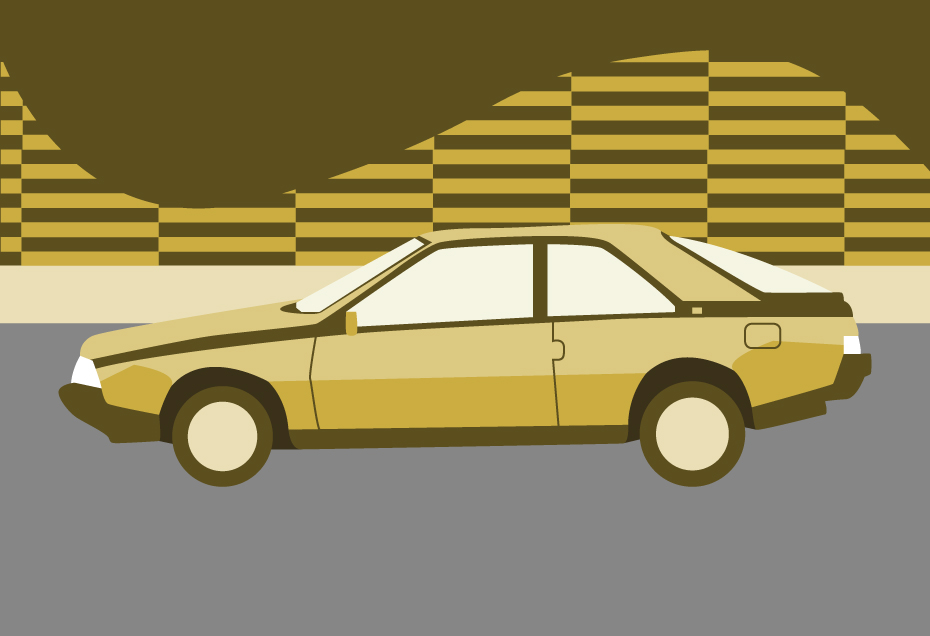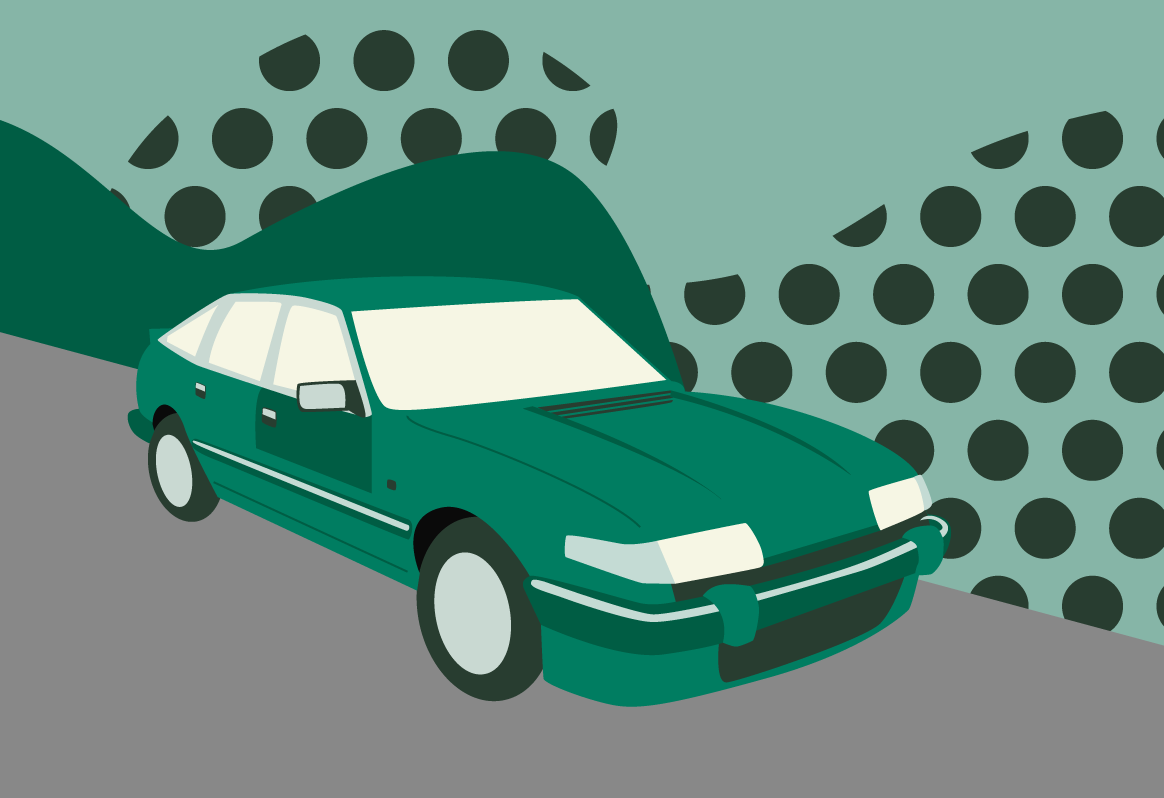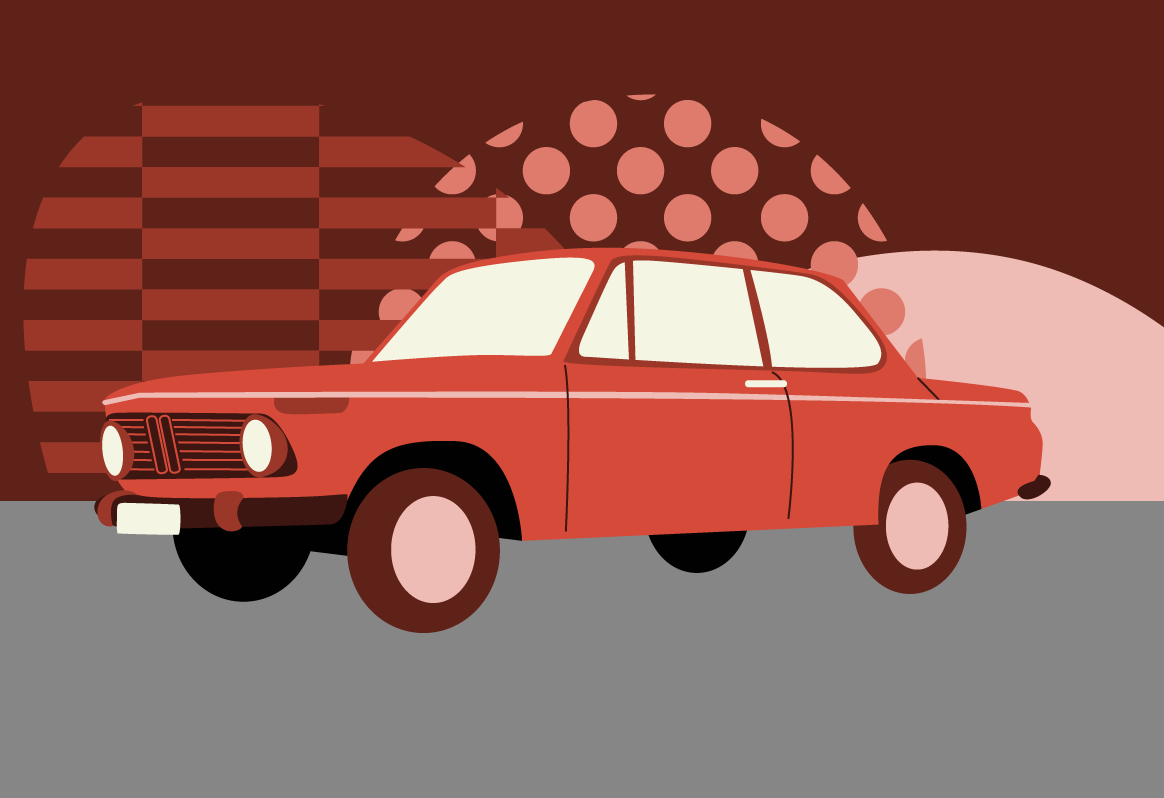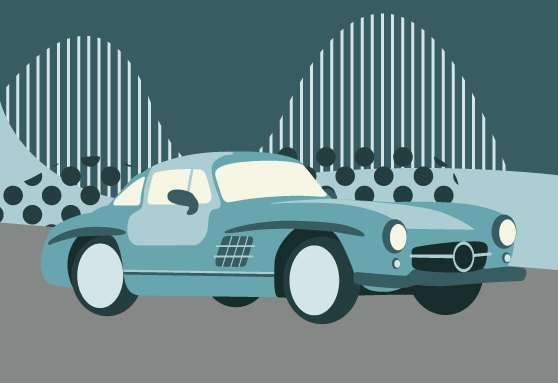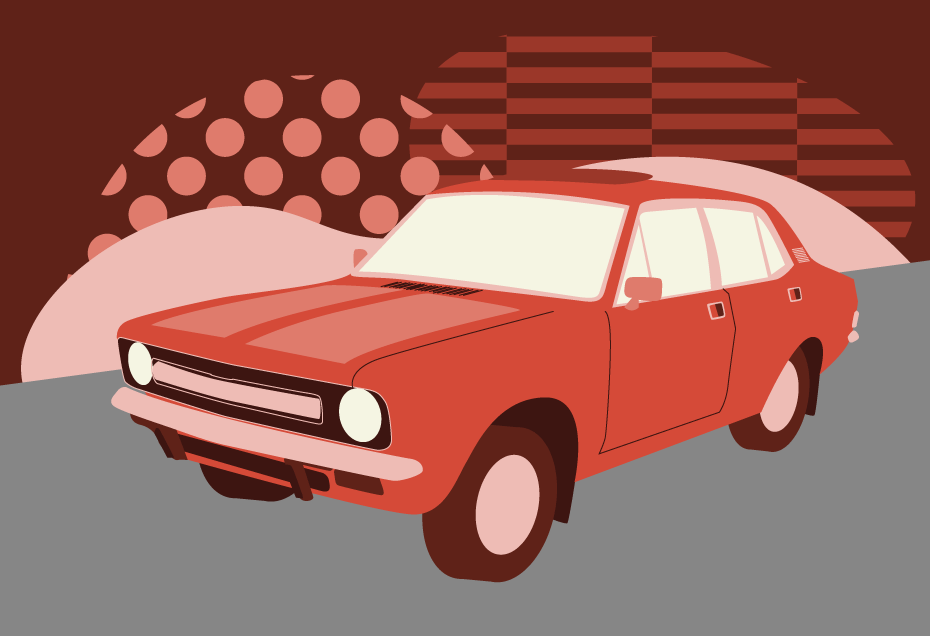The Renault Fuego was the epitome of French avant-garde ‘80s design, a genuine four-seater coupe with oodles of charm and, in turbo form, plenty of oomph.
Between 1980 and 1982 it was Europe’s best-selling coupe, no mean feat given the competition, thanks in part to a striking, slippery shape that gave it bags of showroom appeal.
We look at the history of a car that caught the imagination of buyers looking for a sensible but sporting family car.
When Renault launched the Fuego in 1980, it claimed to have invented an entirely new sector – not a coupe, but an ‘open-plan saloon’.
In truth, it was a coupe, but it was different from most of its competitors, with four proper seats and reasonable economy – a sleek and sporting, but comfortable and practical, car.
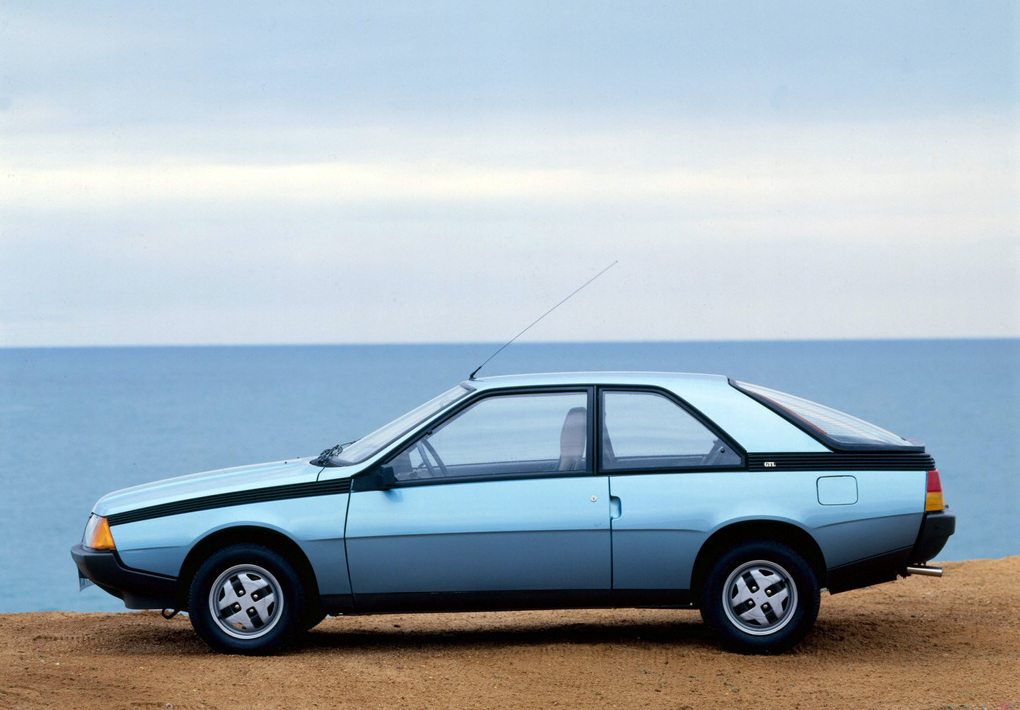
Designed under the direction of Robert Opron, previously responsible for the Citroen SM and CX, the Fuego – Spanish for ‘fire’ – was the most aerodynamic car in its class.
Testing in Renault’s St Cyr wind tunnel produced a drag coefficient of just 0.347, only a shade off the super-sleek Lotus Esprit’s 0.341.
Compared to some of its competitors, like the ageing Ford Capri and Opel Manta, the new Renault looked fresh, with a hint of Porsche 924 in profile, especially at the rear.
It caught the eye of the motoring press, with CAR magazine praising a “striking, streamlined body”.
“The Fuego is a winner, because it looks like a winner,” it wrote. “If clever styling sells motor cars, and we all know that it can, the Fuego is not going to be short of customers.”
The Renault Fuego model range
There was a choice of six models when the front-wheel-drive Fuego arrived in the UK in 1980, with the top of the range 2-litre GTX costing £6,600, down to the least-powerful 1400TL at £4,489.
In between came the TS, TX, and GTS, all available with manual or automatic transmission, while engines ranged from the base TL’s 1397cc, through the 1647cc unit of the TS and GTS, and the 1995cc all-alloy overhead cam Douvrin engine, as fitted to the Renault 20TS, for the TX and GTX.
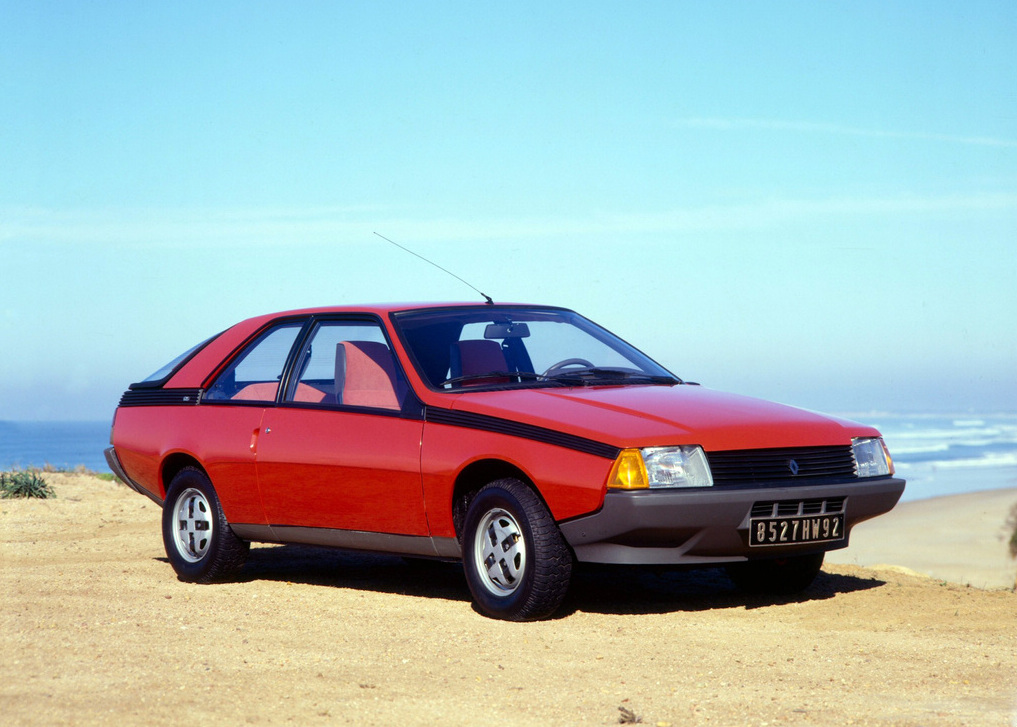
The Fuego was heavily based on the reliable and successful family Renault 18, sharing its floopan and drivetrain, but was more than three inches lower and entirely different in outlook and character.
A number of ‘firsts’ have been claimed for the Fuego – that it was the first mass-produced, four-seat sports model to be designed in a wind tunnel; the first to have a remote keyless system with remote locking; and the first to have steering wheel controls for the stereo system.
Options included leather upholstery, multi-function trip computer, cruise control, air conditioning, and a full-length Webasto electric fabric sunroof.
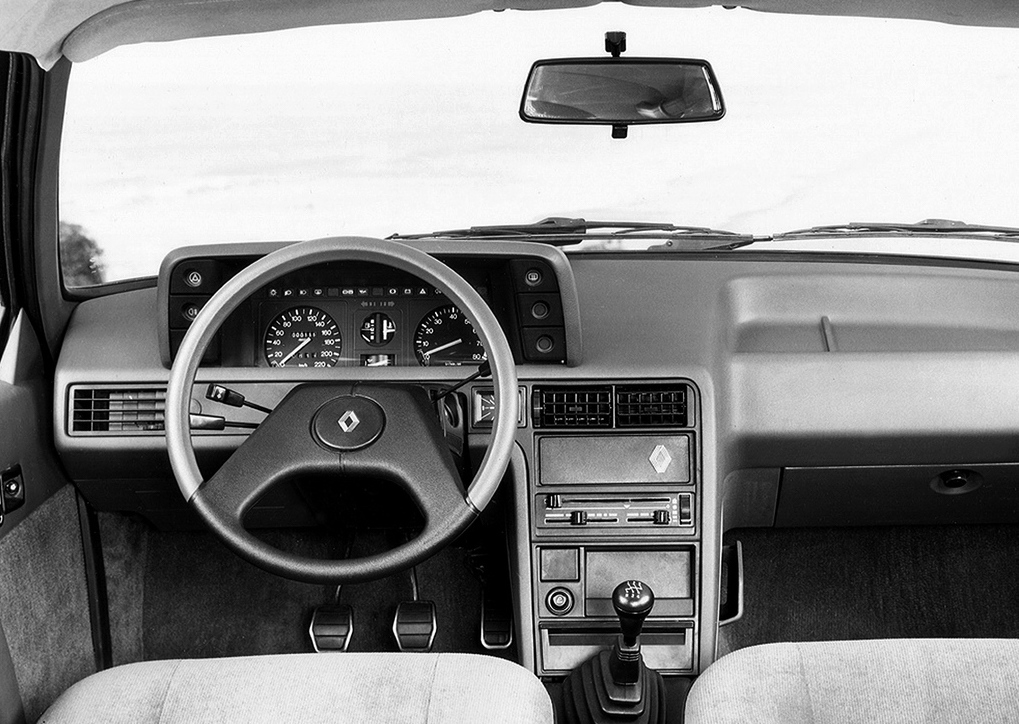
Early impressions of the Fuego GTX
At launch, the top of the range was the GTX, boasting 110bhp at 5,500rpm and 120lb ft of torque at 3,000rpm.
Renault claimed a top speed of 118mph, with a 0-60 time of 10 seconds, enough to provide a sporting character – and there was noise, but perhaps a little too much, to go with it.
Autocar, testing a GTX in December 1980, complained of a lack of refinement from what was meant to be a crossover family / sporting car.
“Given that the car is intended to have an element of sporting character, then a certain amount of noise is acceptable,” the magazine wrote. “But the Fuego, even in this fastest form, is not predominantly a sports car, and so the amount of noise intrudes even at middling speeds is disappointing, and even more so on acceleration. The car looks refined, but it is not enough so.”
Plus points included “delightfully high-geared and accurate steering”, and excellent handling.
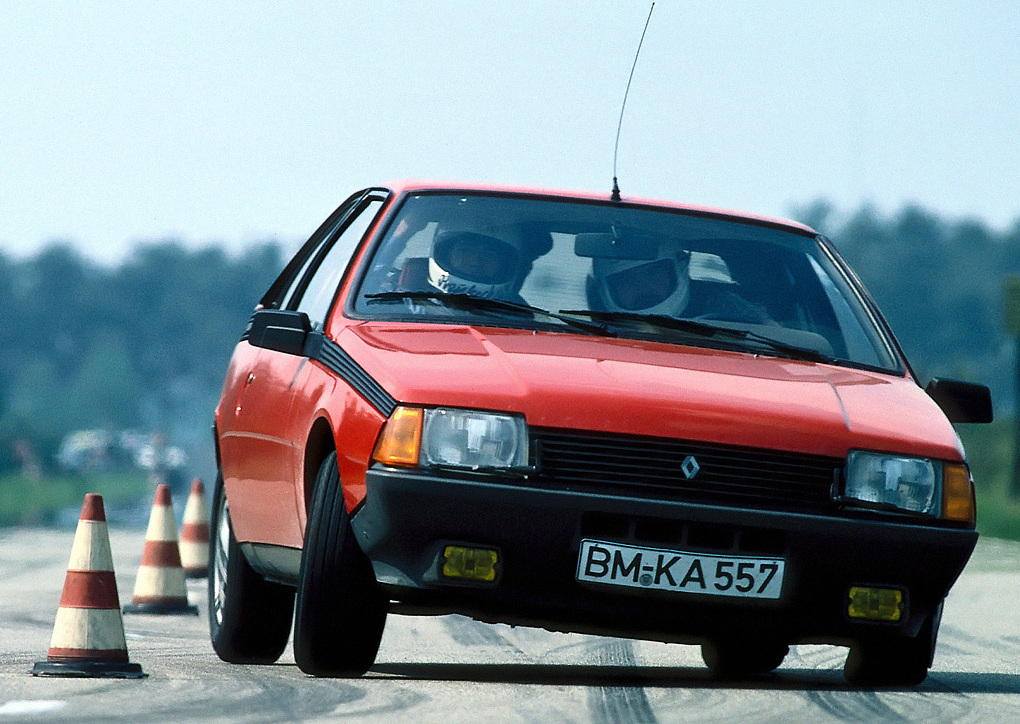
It was a tough ask for the Fuego to compete with not only the Capri and Manta, but also the Volkswagen Scirocco, Cavalier GLS Sports, and offerings from Alfa Romeo and Audi.
But, according to Autocar, “if you enjoy the undeniable punch of two litres, and also value economy, then the Renault is certainly a very desirable machine; it does go excellently, although we would prefer it with more refinement”.
Meanwhile, CAR magazine said the “flowing Fuego” was much more than “just Renault 18s in drag”.
“It not only looks good, with its penetratingly smooth snout sweeping into a high tail, Porsche 924 fashion, but it is good,” it said.
“The Fuego is not your typical soggy Froggy, and it handles a lot better than most other Renaults, as well as being luxuriously trimmed and equipped.
Adrian Flux Classic Car Insurance
“It is brisk as well as reasonably frugal, though driveline refinement is marred by excessive noise.
“It’s not the first open-plan car that combines sporting looks with saloon-like habitability, as Renault would have us believe, but it does fulfil that role with authority and flair.”
The Fuego couldn’t compete with the more sporty Scirocco as a driver’s car or in terms of refinement but, unlike the German, it was a genuine four seater with plenty of luggage space.
It also had superior equipment, better visibility and general comfort, and marginally better fuel economy.
Renault Fuego Turbo – at last
Renault was responsible for bringing turbo charging to UK family motoring when it launched the 18 Turbo here in 1981.
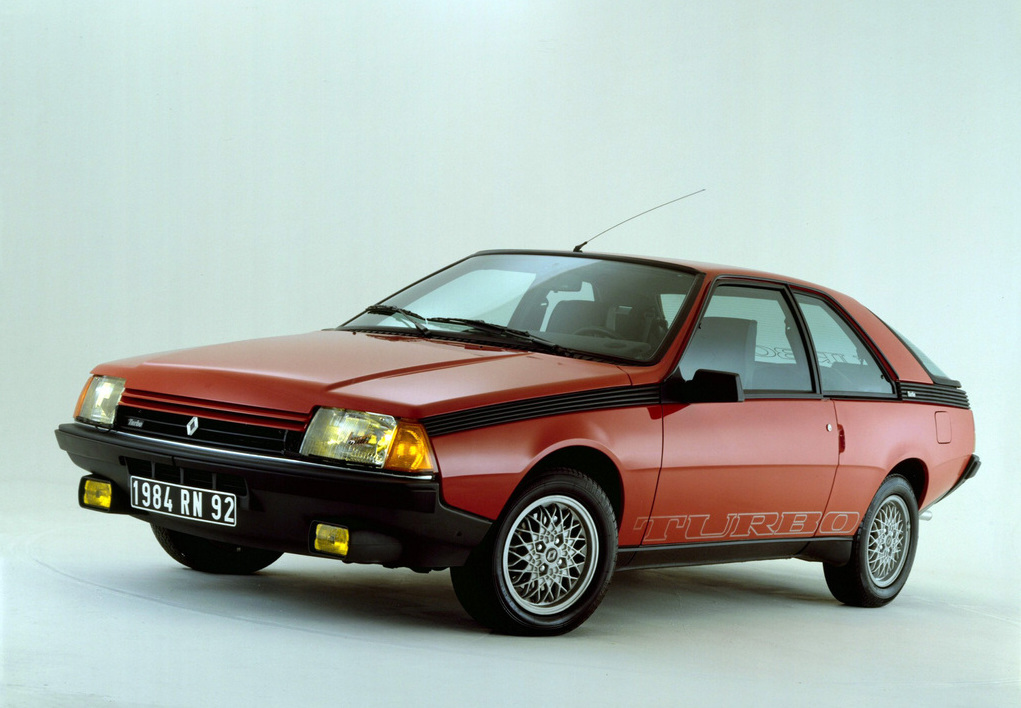
It seems incredible now to think that it took them another three years to bring the same technology to the more obviously sporting Fuego, but the R5 Gordini Turbo got the treatment first in early 1982.
When the Fuego Turbo did arrive, it used the same 1565cc all-alloy unit deployed in the 18, though this time biased more towards outright performance than in the family saloon.
Reducing the compression ratio from 8.6:1 to 8.0:1 allowed a greater degree of supercharging, with the boost pressure up to a maximum of 11psi compared with the 18’s 9.
The single-choke Solex carb and electronic ignition were also recalibrated, all of which added up to an increase in power from 125bhp to 132bhp at 5,500rpm, with maximum torque up from 134lb ft at 2,500rpm to 147.5lb ft at 3,000rpm – and all from under 1600cc.
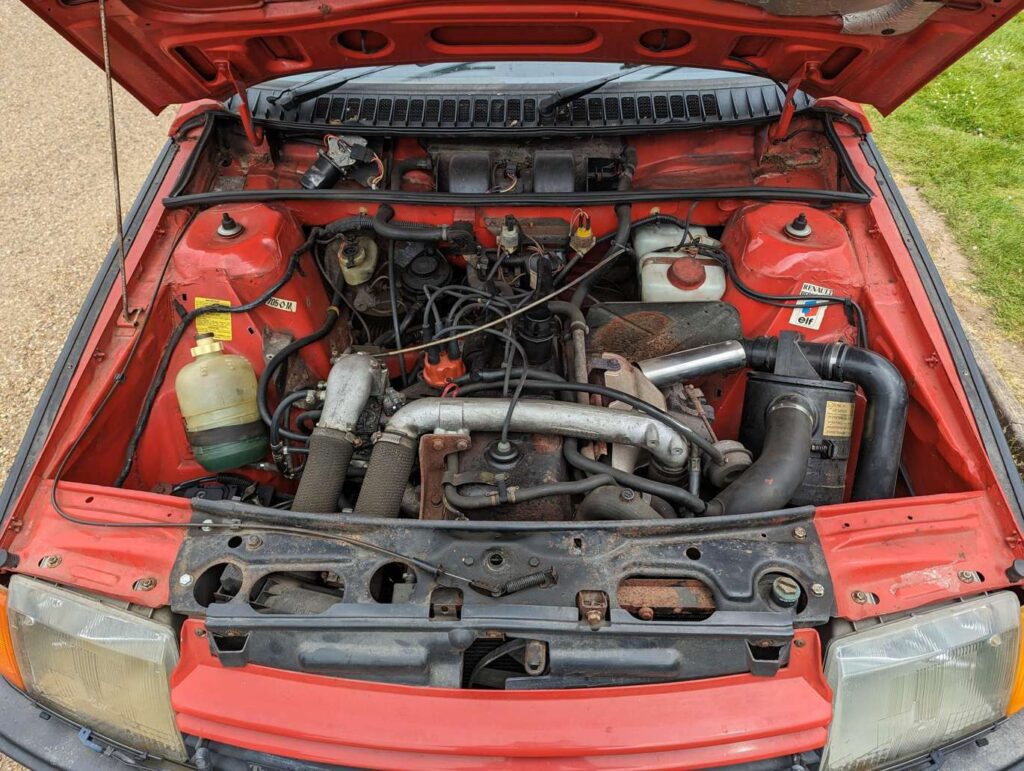
Stopping power was provided by larger vented discs at the front and plain discs at the rear.
Outwardly, there was no mistaking the new, face-lifted Fuego, with its attention-grabbing ‘Turbo’ logos at the sides and at the base of the rear window, and a deep chin spoiler.
There were more subtle changes too, including the addition of BBS alloy wheels, a new front grille with horizontal slats partly painted to match the body, and grey bumpers with built-in fog lamps.
At £8,700, the Fuego Turbo was more expensive than the Capri 2.8i, Manta GTE, and Scirocco GTi, but came with a long list of standard fittings including striped velour upholstery, electric windows and door mirrors, headlamp wash/wipe, front fog lamps, power steering, and central locking.
The fastest Renault
If you discount the Renault 5 Turbo homologation special, and hand-built Alpine 310, the Fuego Turbo became the French marque’s fastest production car and, according to Motor magazine, the “most fun to drive”.
Top speed was up to 124mph, while 60mph could now be achieved in 8.4 seconds – only the Capri 2.8i was quicker, with 1227cc extra.
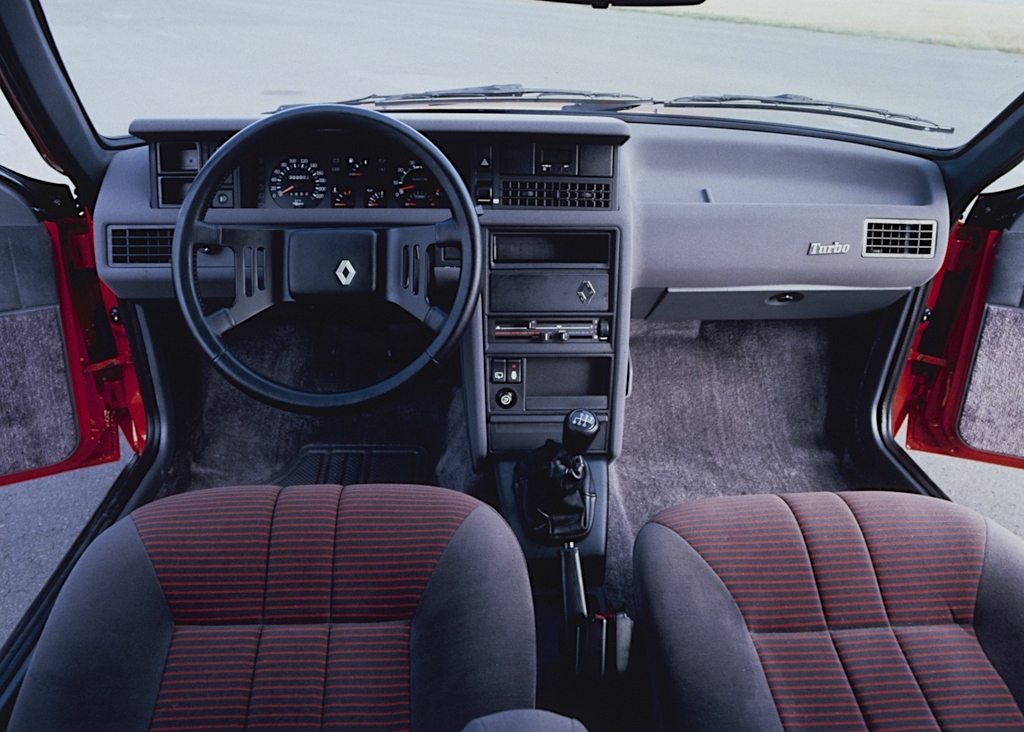
With the Garrett turbo starting to deliver its boost from less than 2,000rpm, the Fuego’s engine was flexible, able to pull away in second without undue sluggishness.
Full boost kicked in at 3,000rpm, and was smooth and progressive, with strong mid-range punch for brisk acceleration without the constant need to change gear.
The turbo-charged engine was more refined and quiet at speed than its predecessor, but could become raucous when pressed hard.
“Why it has taken three years for Renault to give the Fuego a turbo “boost” is not clear, but the wait has been worthwhile,” wrote Motor.
“It doesn’t trade outright performance for refinement and economy, and these qualities looked at together with the standard Fuego attributes of accommodation for four in a stylish, modern coupe body and the long list of standard fittings, makes the high price start to seem more logical.”
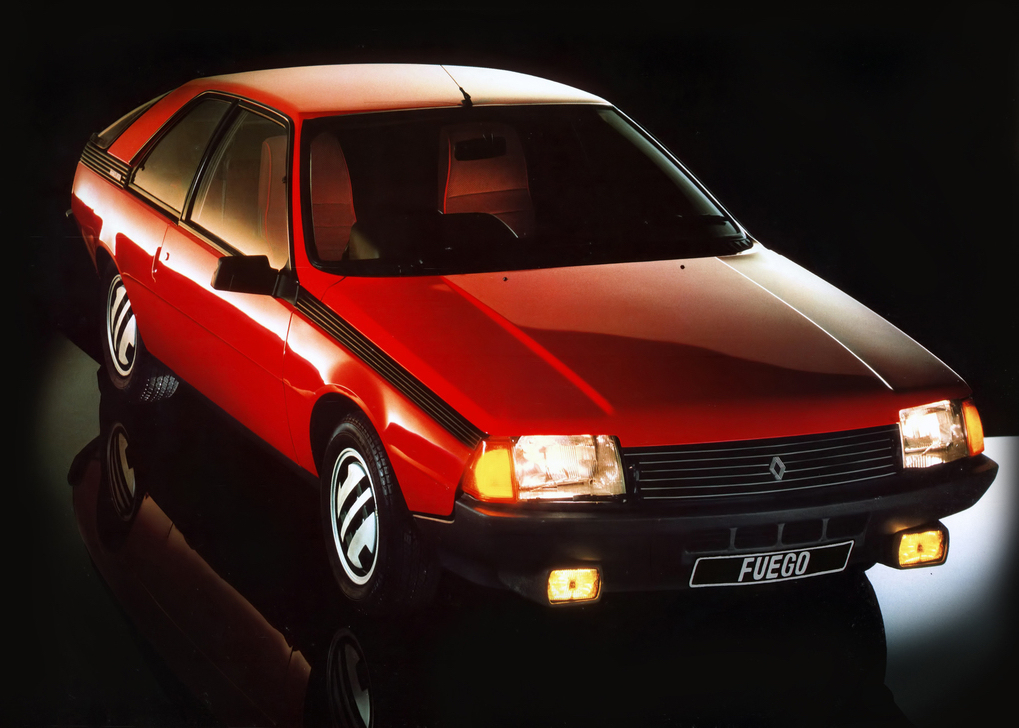
In October 1984, What Car? tested the Fuego Turbo against rivals the Nissan Silvia Turbo and VW Scirocco Storm.
“If one has to be singled out as the overall winner, it must be the Fuego,” it concluded. “It is clean, modern and swish in its concept, is very well equipped and performs well as a high-speed grand tourer. Treat it as a racer and it is less happy, but the sophistication extends high enough up the scale for most owners to be unlikely to discover the rough edges.”
The Renault Fuego Turbo was a perfect illustration of mixing the performance of a larger engine with the improved fuel economy and emissions of a smaller unit.
While the Fuego may have ended production in France in 1985, it continued in Spain until the following year and then in Argentina, with a 2165cc engine, and Venezuela until as late as 1992.
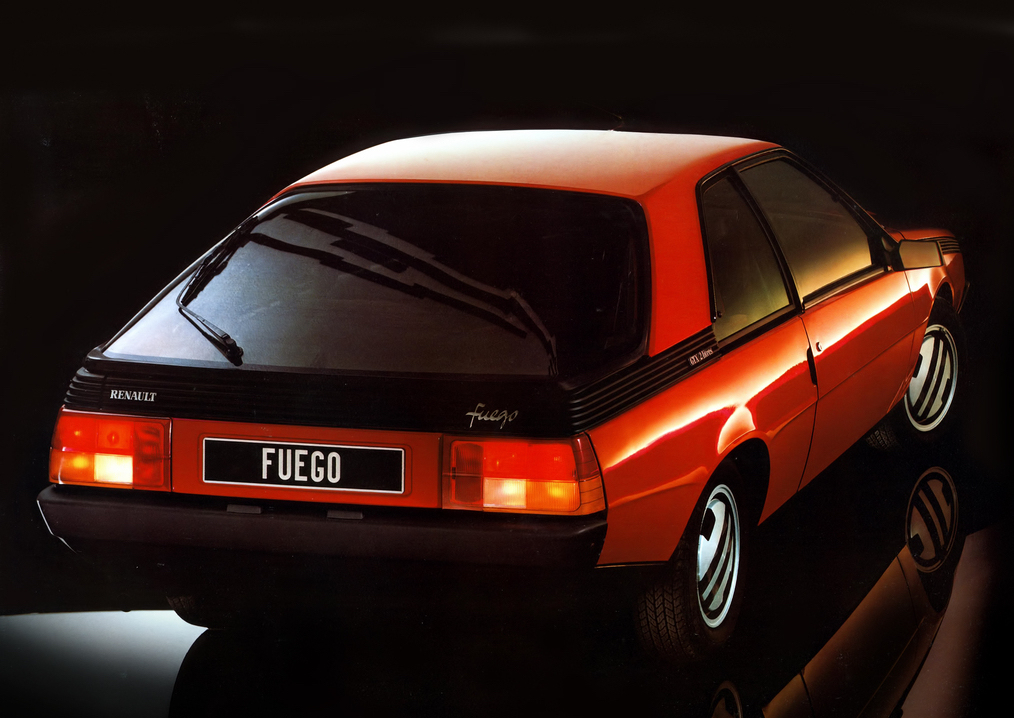
In 1990, the higher performance GTA Max was introduced, with a 2.2-litre engine tuned by Berta Motorsport, producing 121bhp, before production finally ended.In all, 265,367 Fuego’s were manufactured and, while it never quite fulfilled its promise, it still looks relatively modern today, and was never really replaced by Renault, partly because of the declining demand for sports coupés in the marketplace at that time.


